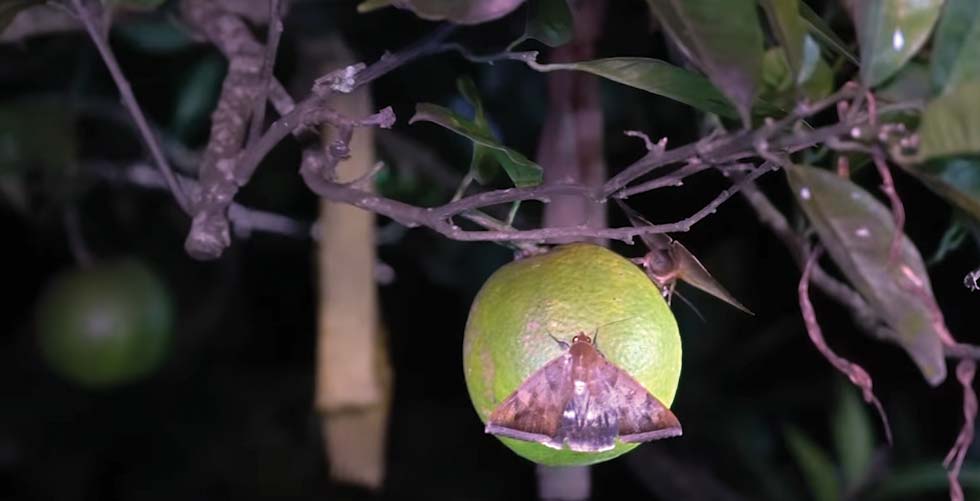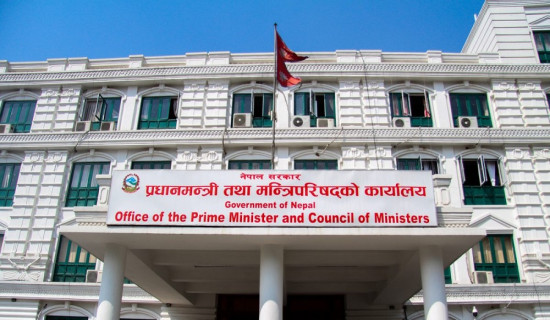- Saturday, 3 January 2026
Moths assail junar orchards causing significant damage
By Baburam Devkota,Golanjor, Sept. 15: Kedar Rakse Thakuri, a farmer from Golanjor Rural Municipality-4 Majhkubhinde, is facing significant challenges with his commercial junar (orange) cultivation due to a severe infestation of the Sude Putali moth. Thakuri, who cultivates junar on nine and a half acres of land, is concerned as the moths are damaging his fruit crop.
Thakuri has reported that the moths, which feed on the fruit at night, are causing the junar to rot. "For years, I have earned over one million rupees annually from junar farming, but this year, the damage from the Sude Putali moth seems likely to be severe," he said.
Farmers across the region are expressing frustration as the moths also target sugarcane, which is abundant in juice. Many farmers are forced to spend entire nights in their junar orchards, attempting to eliminate or deter the moths.
Nirmal Kumar Ramtel, another junar farmer from Golanjor Rural Municipality-5, termed the issue to be of serious concern. "The black moths come to the fruit at night, pierce it, and suck the juice out, turning the fruit yellow and causing it to rot," said Ramtel.
He informed that the local municipality has announced a reward to combat the infestation.
In response to the crisis, the Golanjor Rural Municipality has recently issued a public notice offering a two-rupee incentive for each Sude Putali moth captured and killed.
The municipality encourages residents to submit the captured moths to their local ward offices to receive the reward.
"Currently, our only option is to catch and kill the moths. That's why we've decided to offer a cash incentive of two rupees per moth to encourage people to help control the infestation," said Shankar Raj Baral, Chair of the rural municipality.
Jahan Sing Karki, a technician with the Junar Superzone, reported that both farmers and technicians are conducting nighttime monitoring and trapping the moths.
Karki noted that efforts include setting liso (sticky) traps, arranging lights, and using nets to capture the insects. The use of bright lights at night helps attract and trap the moths. According to the Superzone office, around 10,500 metric tonnes of junars were produced in the district last season, with cultivation spread over 1,500 hectares of land.
Currently, junar is commercially grown in eight out of the 79 wards of the local level. Key areas for junar cultivation include Ratanchura, Tinkanya, Jalkanya, Bitijor, Basheshwar, Majhuwa, Toshramkhola, and Dumja.

















